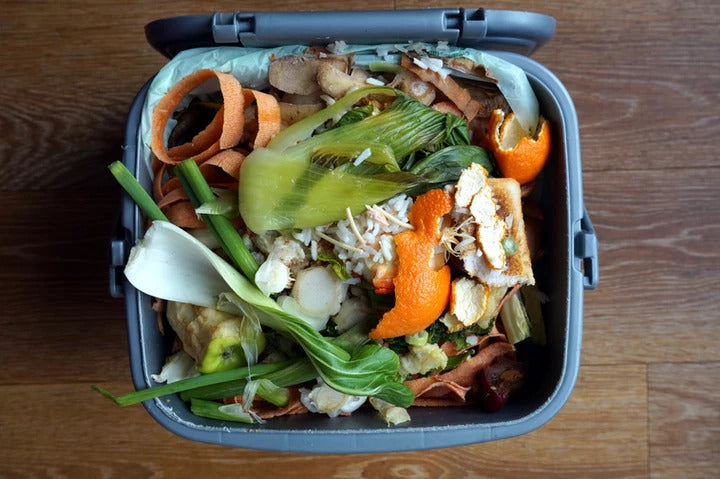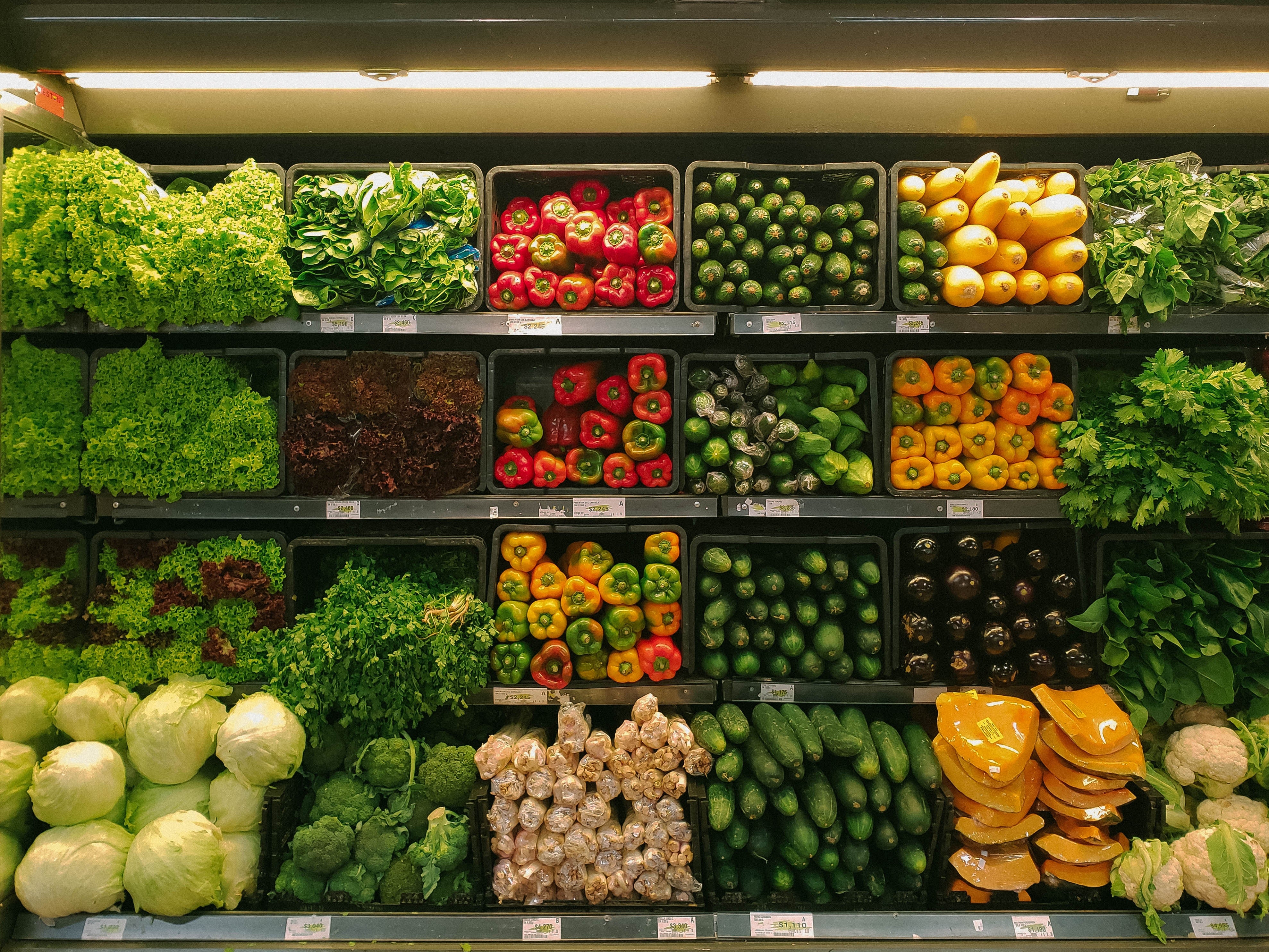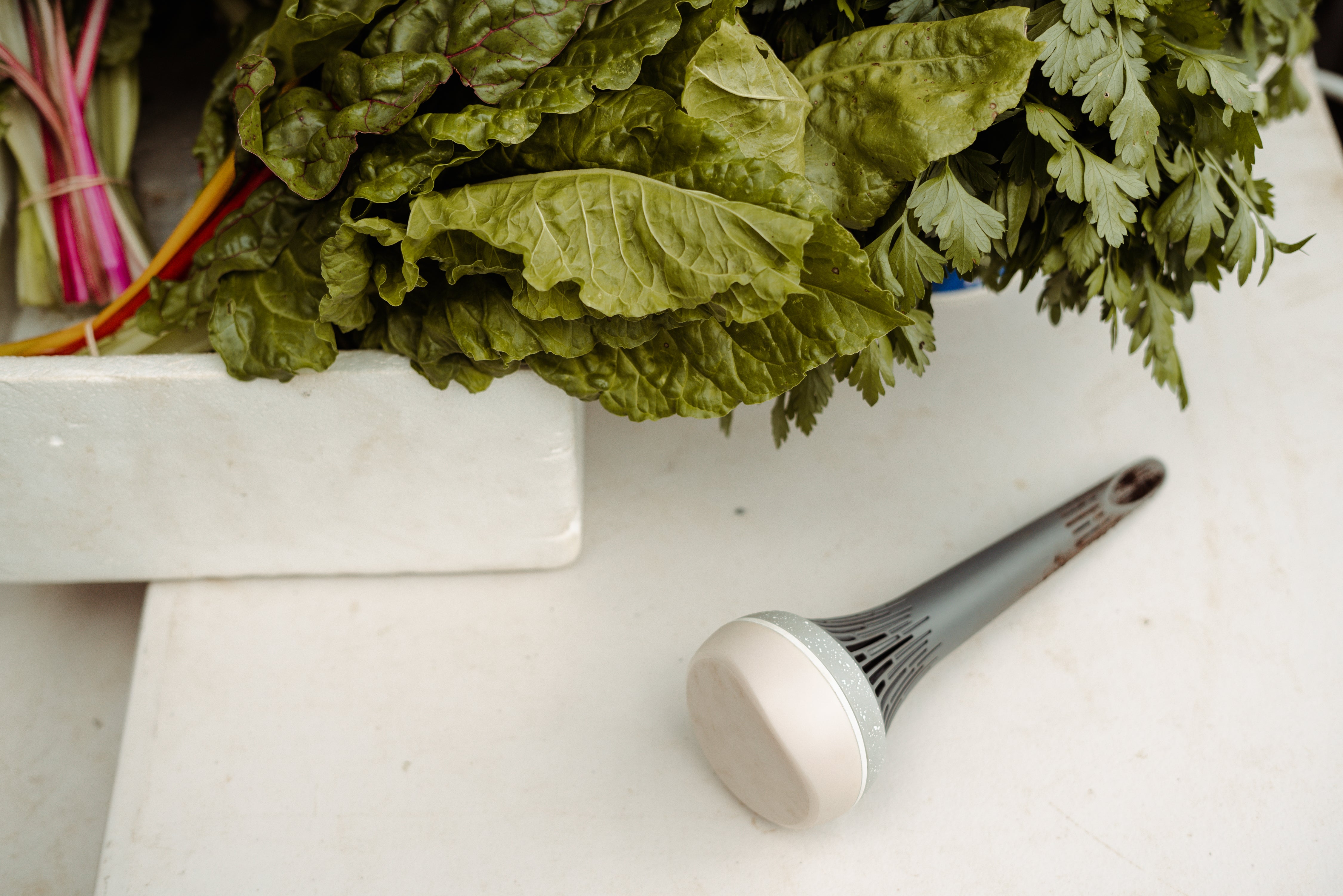There are a million ways to compost wrong and most composters have been guilty of them at one time or another. Probably one of the most common is due to a little something called the carbon:nitrogen ratio. Every piece of organic waste you put in has its own unique balance and when they’re all mixed up together that creates an overall ratio in your compost.

Now there’s an overall target ratio of 25-30 parts carbon for every nitrogen part and things can go pretty bad if that target isn’t met when either part is lacking. How it’s most often missed at home is when the carbon amount is deficient, which is what happens when people use mainly nitrogen-rich materials, like kitchen scraps and garden waste.
But that’s the only organic waste I produce?! What else can I use, we hear you say.
Well that’s not entirely right. Typically around half, if not more, of a residential waste stream is actually organic material that can be composted. This includes, as the title probably implies, paper, as well as cardboard, tissues and the like. The best thing about these? They’re massively high in carbon!
Using these materials in your compost is the easiest way to achieve a correct carbon:nitrogen ratio. Another little benefit of this, is that in the case of papers and cardboards, they get diverted from your traditional recycling stream. Only 75% of your recycling bin will actually be reused, with the remainder being landfilled due to contamination, sorting and other problems. When putting your paper into the compost, you know for sure it’s being recycled, if instead into your garden this way.

There’s a little more to it than just chucking in a couple sheets though. For effective composting of paper and cardboard, it’s best to shred it into small pieces, either with a shredder or just manually. This stops it from matting and potentially blocking airflow. You also can’t just throw it in with reckless abandon - you’ve got to be on top of how much additional carbon you’re adding.
Exactly what is the best way to track your carbon:nitrogen though? Well leave that to us! One of the features of Monty Monitor is a balancer that generates custom organic waste blends using what you have to correct your compost.
Monty Monitor is now available for purchase in Australia and the USA to assist with helping you achieve balanced ratios for better composting. We also have a special discount on our website right now so what more are you waiting for?!
Also make sure to follow our socials - Facebook, Instagram and LinkedIn!




Leave a comment
This site is protected by hCaptcha and the hCaptcha Privacy Policy and Terms of Service apply.